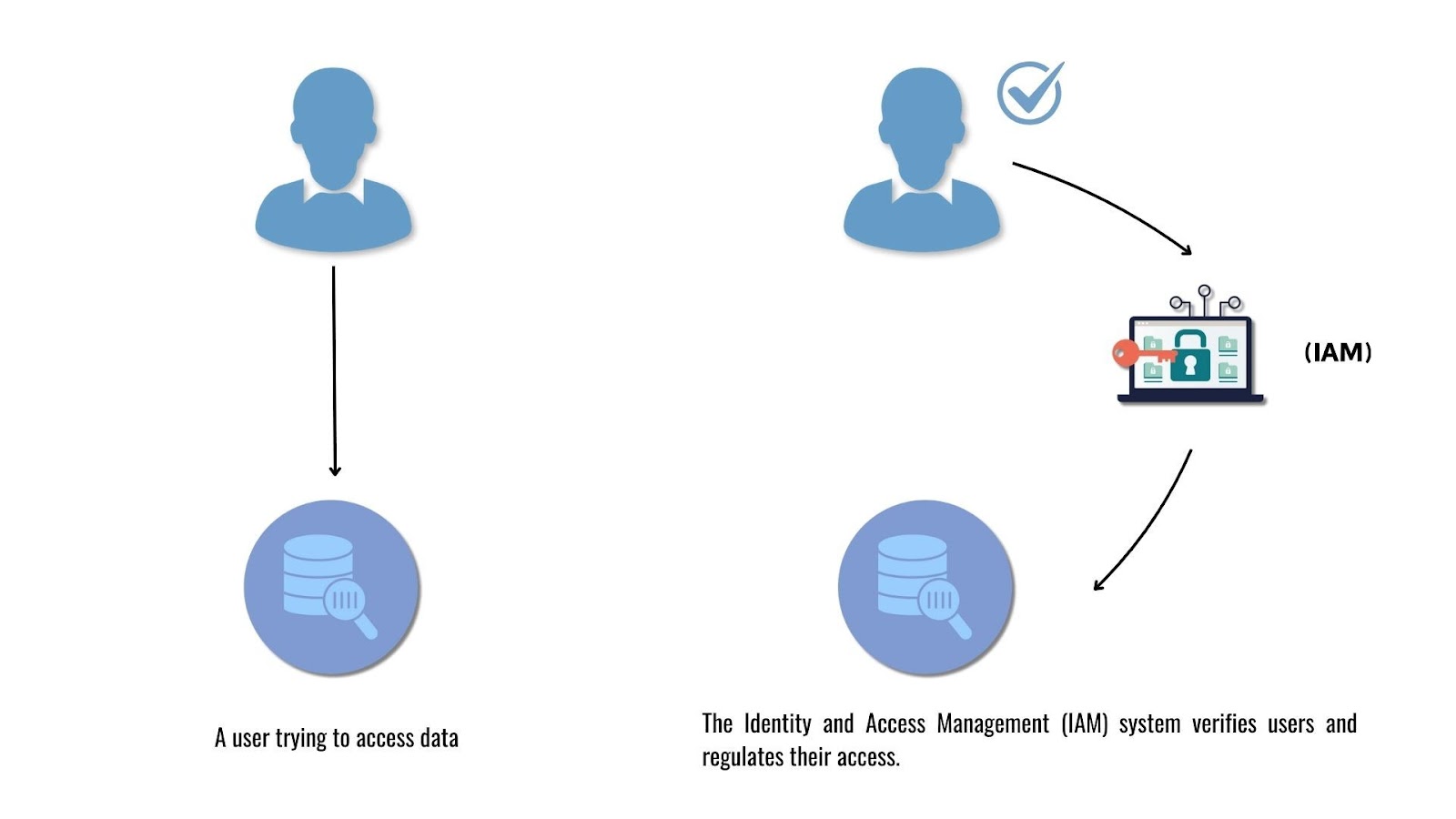Overview
IAM, or Identity and Access Management, is used to control access to data and ensure that only users with the correct permissions can access specific resources. In Capillary, these resources can be a user's identification details, or a brand’s mobile application or Capillary APIs.

Access to these resources is managed through Authentication and Authorization:
- Authentication is the first layer of security, verifying a user's identity through methods such as email ID and password or other authentication mechanisms.
- Authorization is the second layer, determining what actions a user can perform after logging in. For example, a user may be able to access a website, but their ability to perform certain actions (e.g., viewing reports or modifying data) depends on their authorization level.
IAM is not always limited to interactions between a human user and a system (e.g., a user logging into a brand’s mobile app). It can also apply to machine-to-machine interactions (e.g., a brand’s POS system authenticating itself to securely access Capillary APIs). Different types of IAM are used for different purposes:
- Customer IAM (CIAM) for end customers - Designed for customer-facing applications
- Machine-to-machine (M2M) IAM for services - Designed for interactions between servers.
- Workforce IAM for employees - Authentication for employees accessing Capillary's internal systems and applications.
Updated 6 months ago
